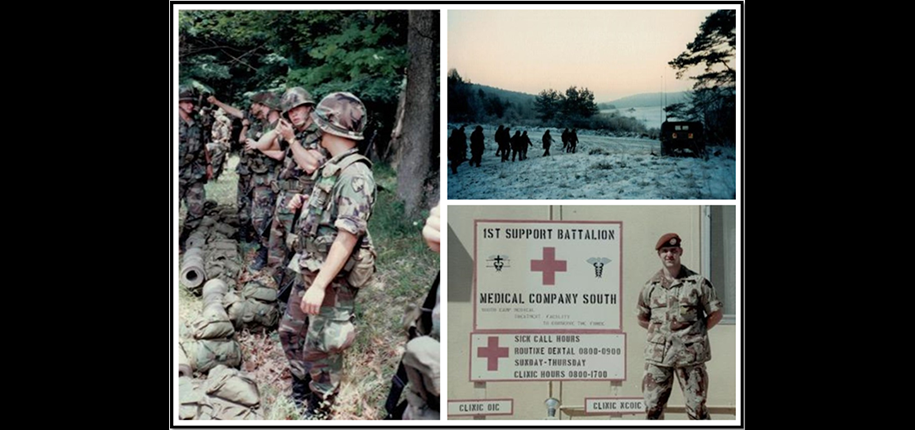
U.S. military medicine dates back to the Revolutionary War, during which time civilian Colonial practitioners, many of whom were not formally trained physicians, provided medical care for the Continental Army. However, it was not until the Civil War that it became apparent a dedicated Military Medical System was needed.
The Civil War highlighted many of the shortcomings of the early Military Medical System. Civilians serving in the role of physicians were few and far between and had little or no training in combat or combat-related injuries. There was a shortage of medical supplies, and basic practices such as sanitation, equipment sterilization, and anesthesia had not yet become standard practice. Some of the most obvious shortcomings were the lack of established triage systems to prioritize casualties or systems in place to allow for rapid evacuation of the wounded.
The flaws of Military Medicine became exposed at the First Battle of Bull Run in 1861, which was devastating for the Union Forces who retreated in full, leaving wounded soldiers behind on the battlefield. After the battle, President Abraham Lincoln appointed a Surgeon General of the Army to establish a functional Military Medical System and include properly trained and resourced physicians along with nurses and medics to spread the availability of critical medical care. This was the first time the basic tenets of providing forward medical care, triage, and evacuation were formally established and implemented. Also, for the first time, anesthesia became commonplace for battlefield surgeries.
In the years following the Civil War, a Medical Reserve Corps was established to train civilian physicians in Military Medicine so that they would enter active service at a time of need, prepared to treat battlefield injuries. Advances in medicine during this time allowed for routine implementation of sanitation, aseptic techniques, equipment sterilization, and treatment of infections into medical practices. Advances were so rapid that by the time World War I concluded in 1945, battlefield deaths outnumbered deaths related to illness and other non-battle injuries for the first time.
When President Richard Nixon ended the military draft in 1970, it was realized that there needed to be a pipeline for physicians trained in Military Medicine. Therefore, in 1972, Congress chartered the only U.S. Military Medical School – the Uniformed Services University of the Health Sciences in Bethesda, MD. One school could not fulfill the physician needs of the Armed Forces, so an additional Health Professions Scholarship Program (HPSP) was established, allowing individuals to train at civilian medical schools, followed by an active duty military service commitment. Recruitment and training of highly qualified nurses, medics, and technologists rounded out the full complement of medical services we have come to know today.
Although I retired from military service a few years ago, I often reflect on the many opportunities (and challenges) with which I was blessed because of Military Medicine. Although there were obvious shortcomings throughout its history, in its current form, it truly provides premier medical support to the brave men and women who volunteer to serve.
Wishing all a Happy Veterans Day!
Dr. William O’Brien, author. Dr. O’Brien was a Lieutenant Colonel from Travis Air Force Base, CA., before retiring from the military.
Glenn Miñano, BFA, editor; Meredith Towbin, copyeditor